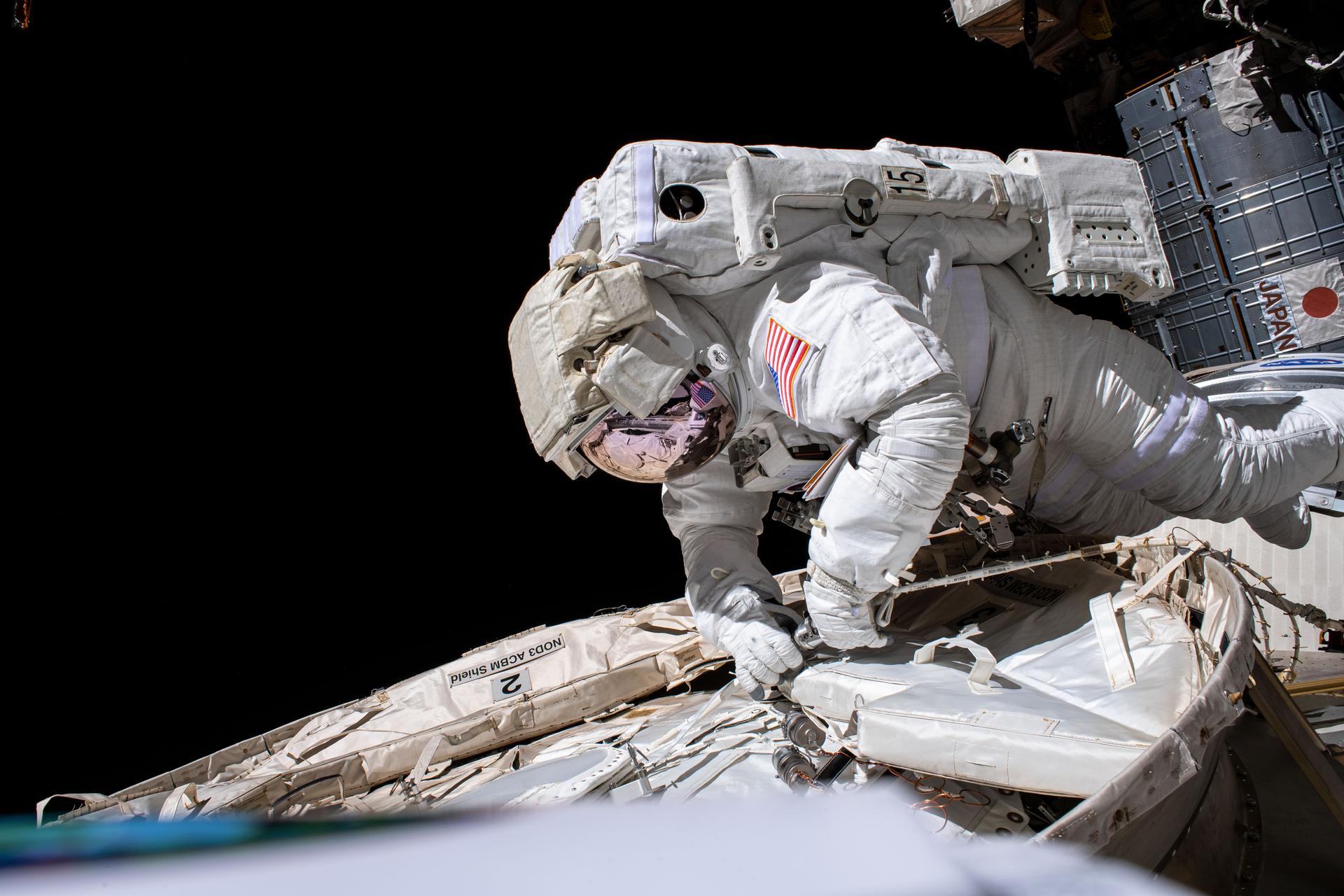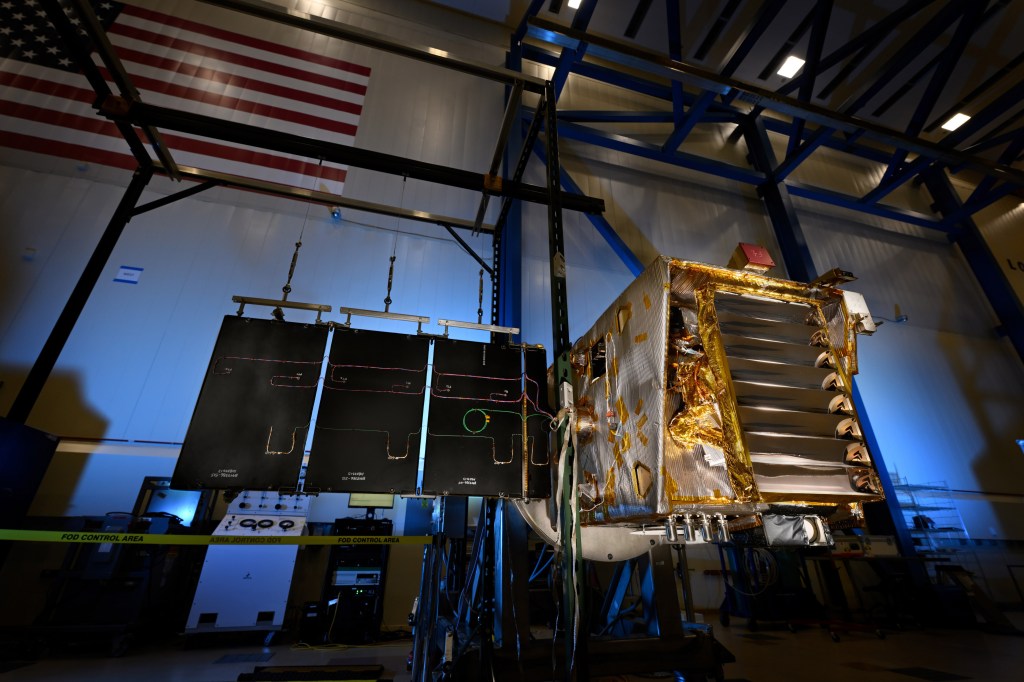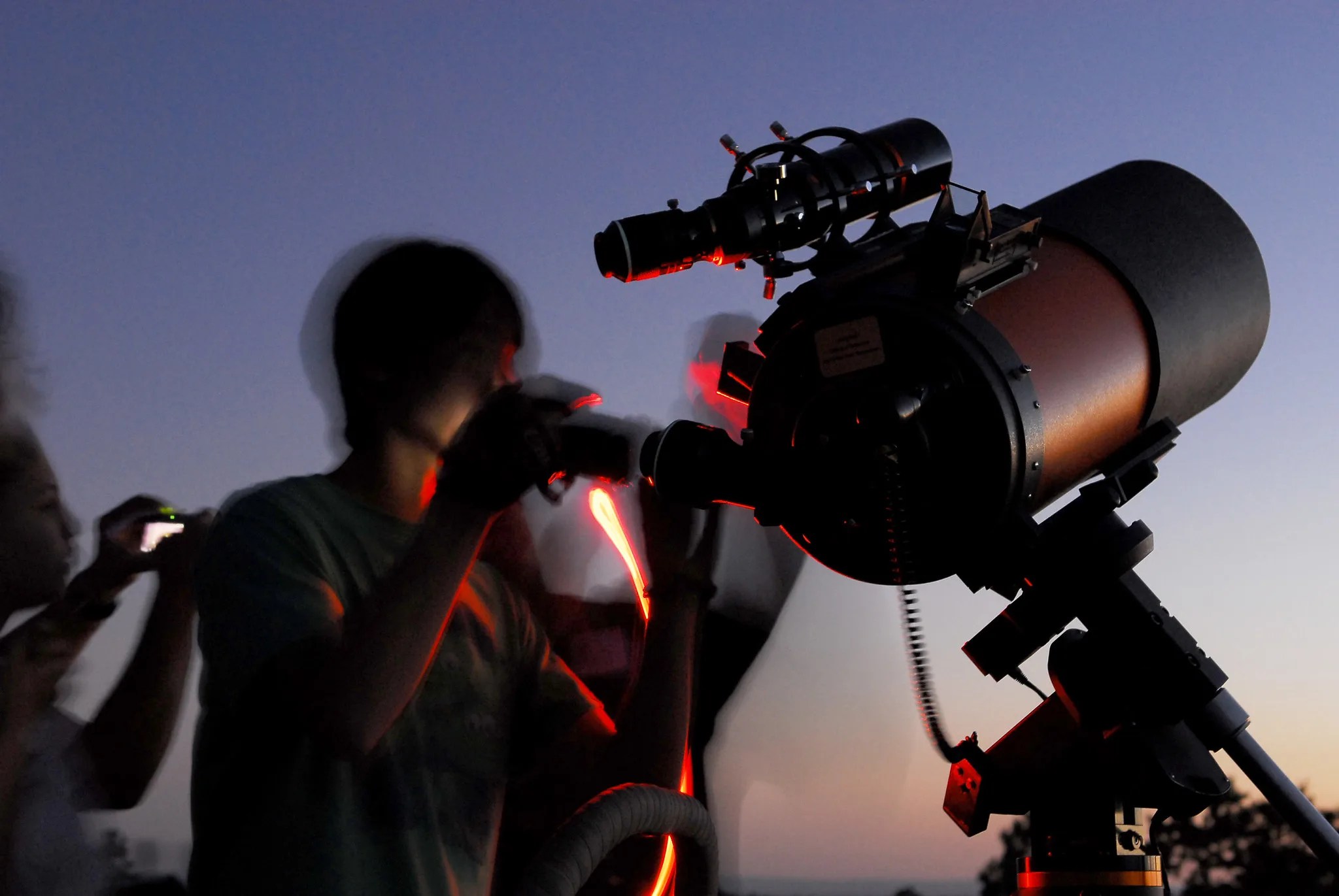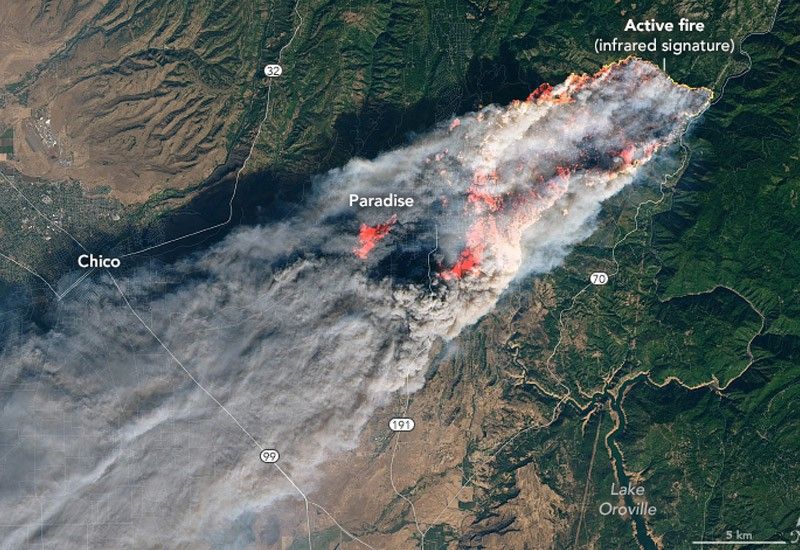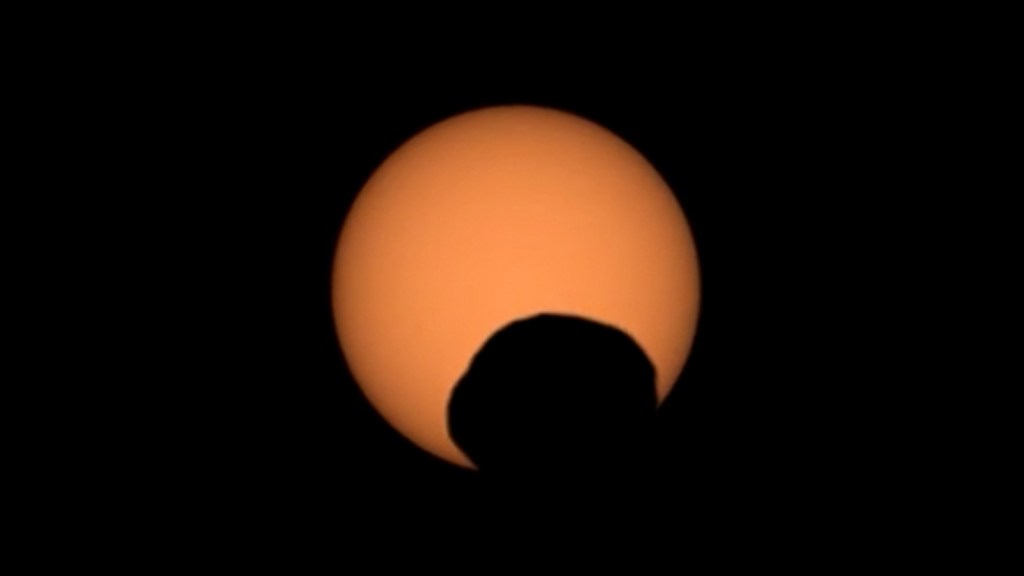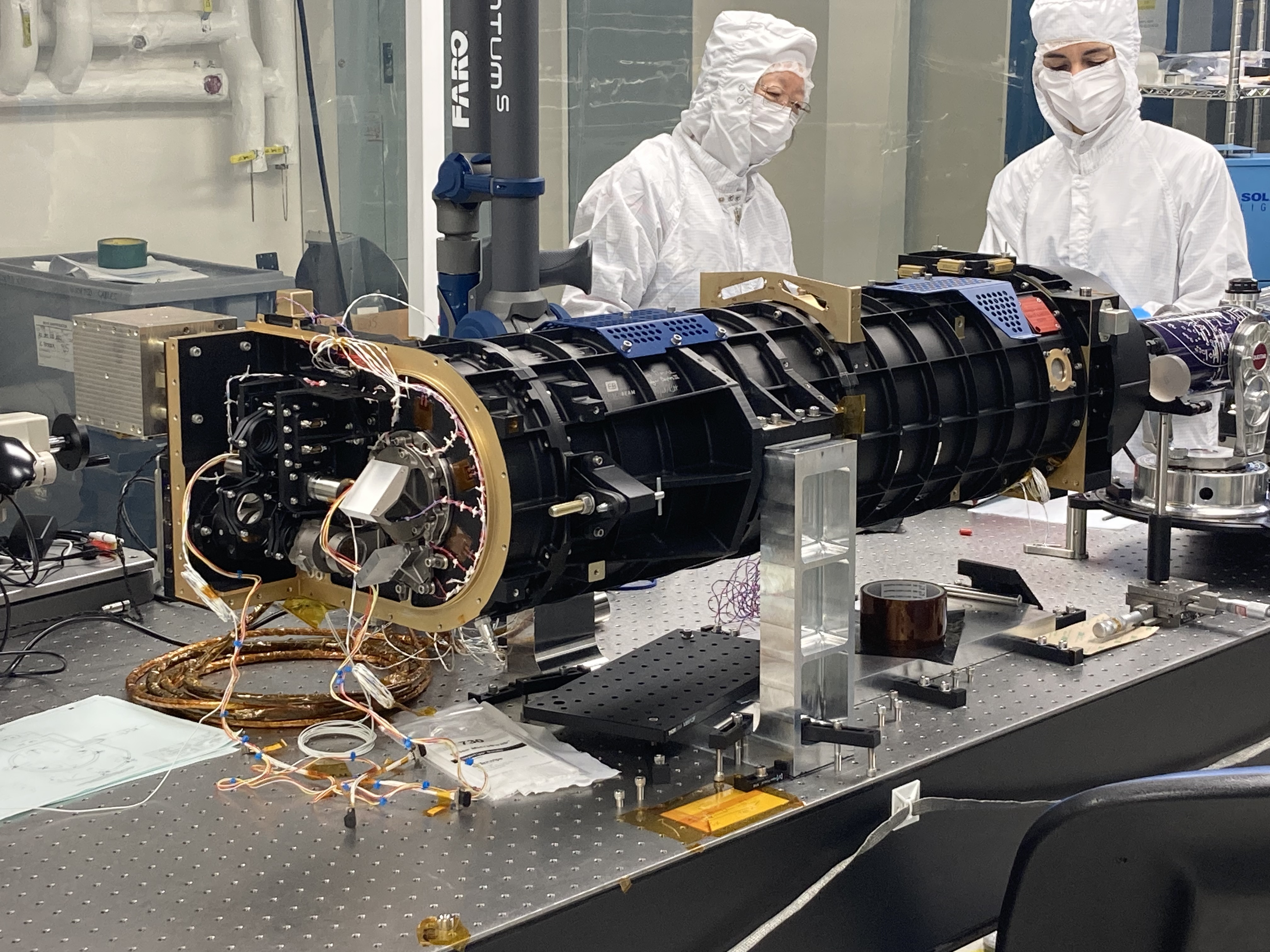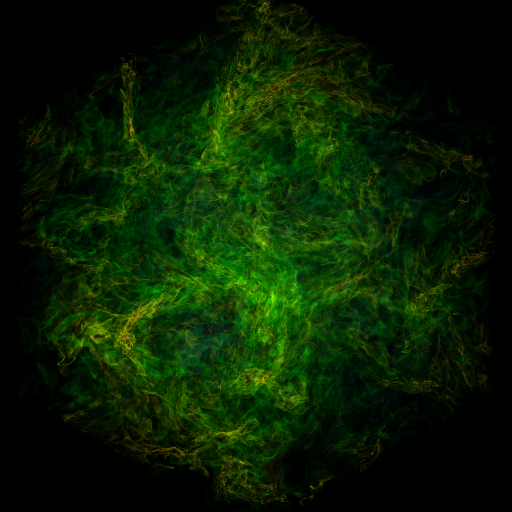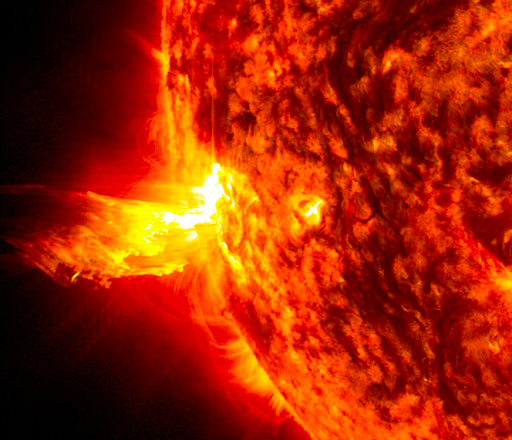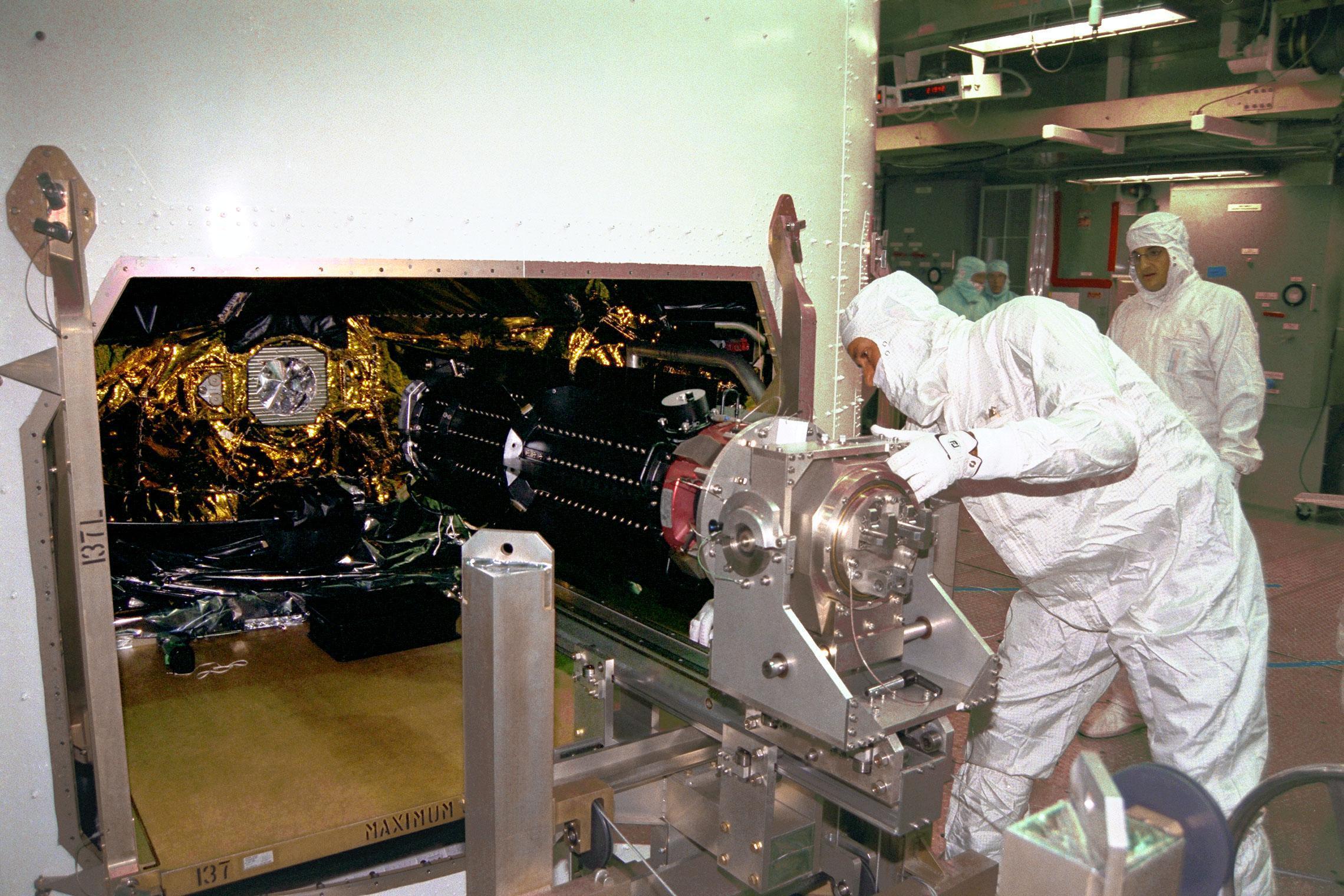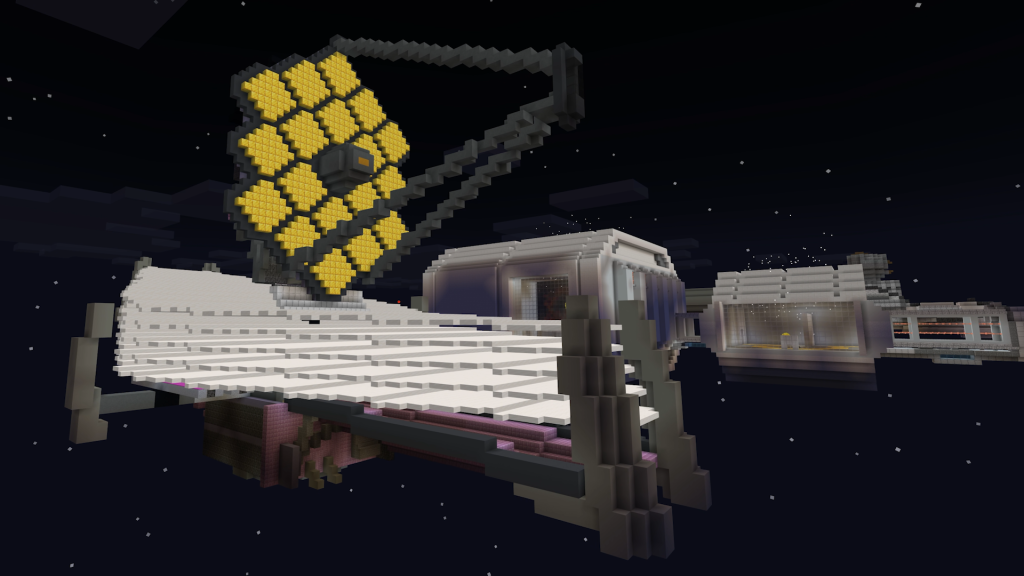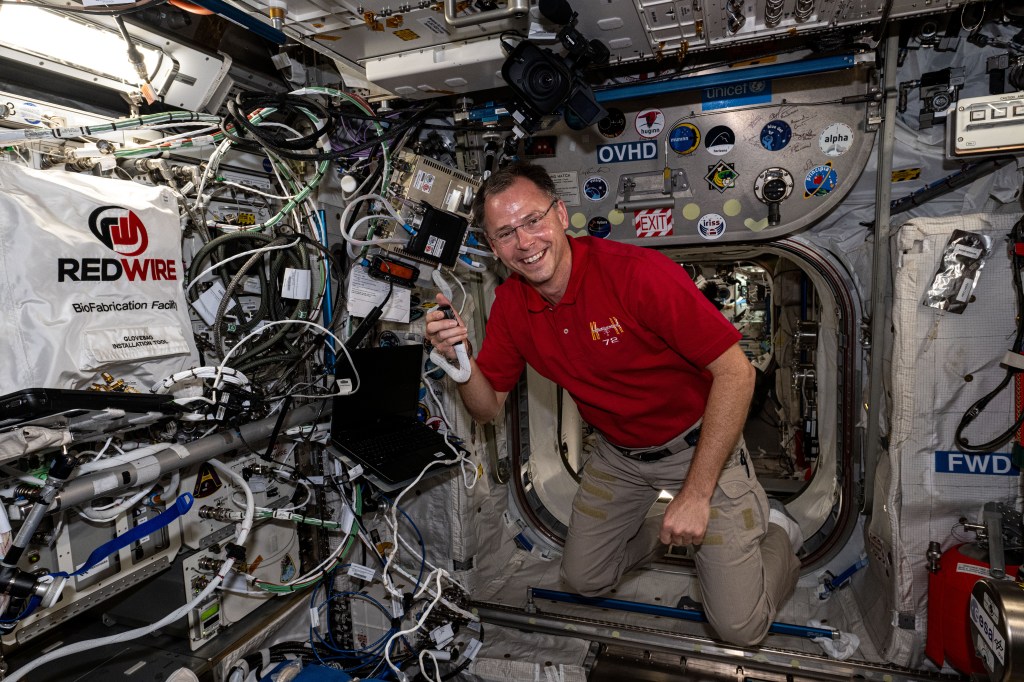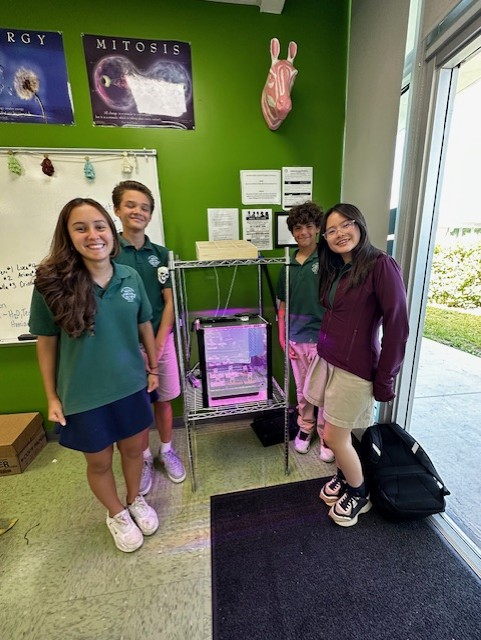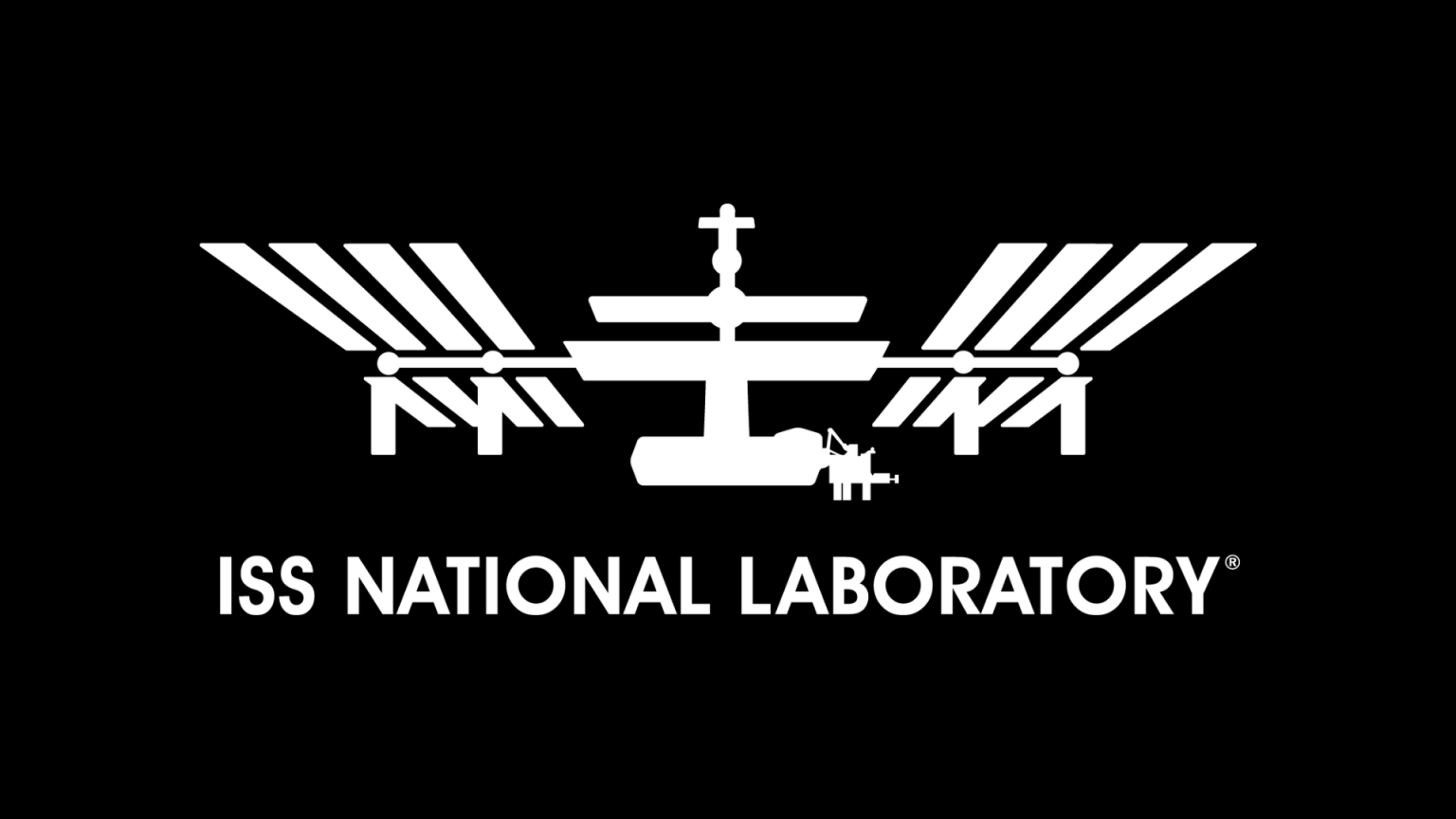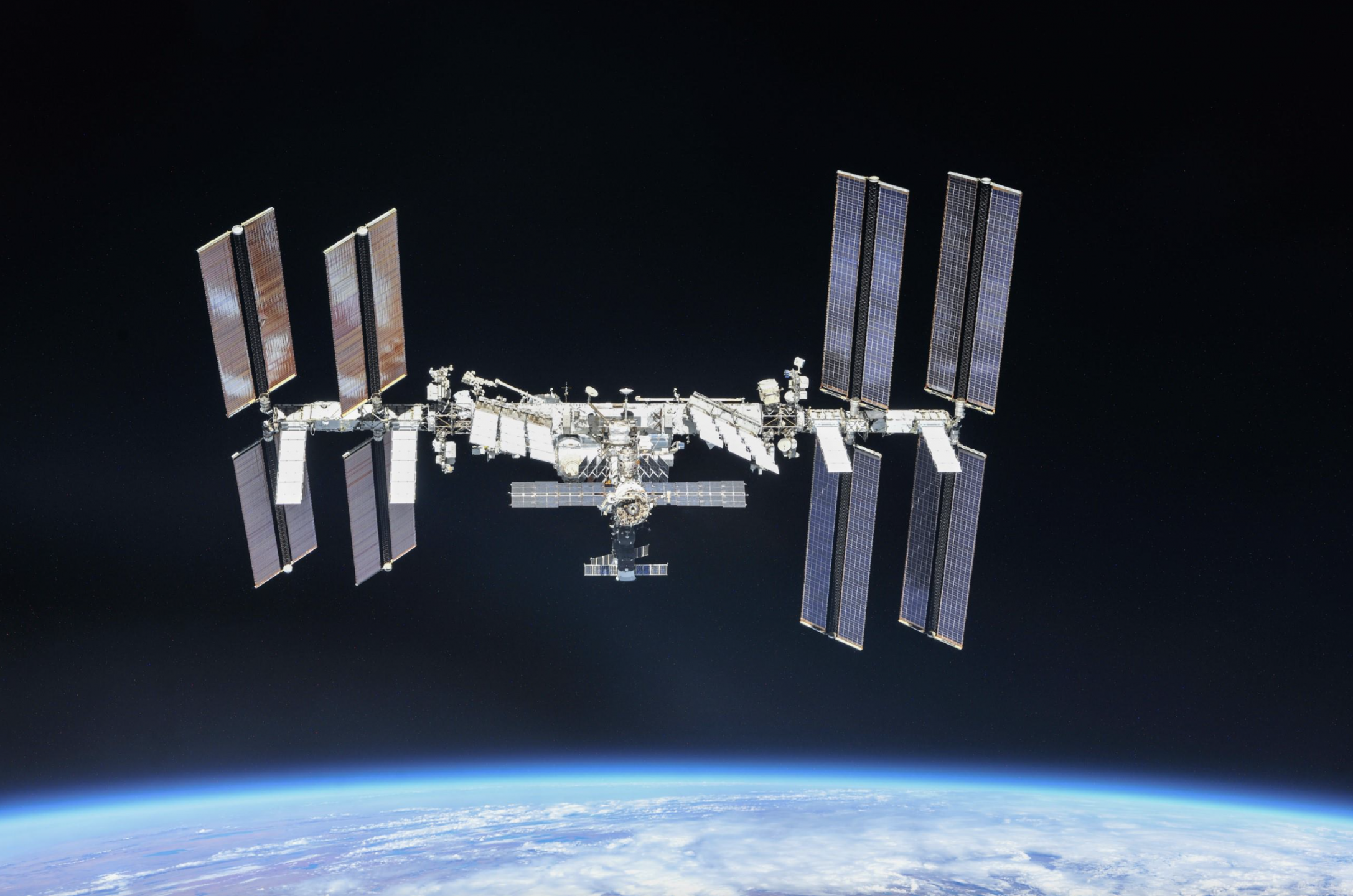Your Orbiting Laboratory
Since the first crew’s arrival aboard more than twenty years ago, the International Space Station has evolved into a state-of-the-art scientific lab.
current mission
Expedition
Crew Members Aboard
Station Research and Technology
Station Science 101
Explore this page to learn the basics of many of the science and technology investigations — in disciplines ranging from astrophysics to combustion to microbiology, and more — that are being studied on your space station.
Learn More About Research Areas Studied
International Space Station: Humanity’s Lab in Space
Orbiting more than 200 miles (320 km) above Earth, the International Space Station is a powerhouse of cutting-edge science that is unlocking discoveries not possible on Earth. We’re testing technologies that are critical to our return to the Moon and contributing to medical and social breakthroughs that improve life on our home planet.
Learn MoreStation Benefits for Humanity
The spectrum of the impact of the orbiting lab includes scientific, societal, exploration, and economic benefits as part of a growing low Earth orbit economy. Learn about the broad array of research sponsored by the station’s international partnerships and the benefits that have resulted.
Explore Station Benefits about Station Benefits for Humanity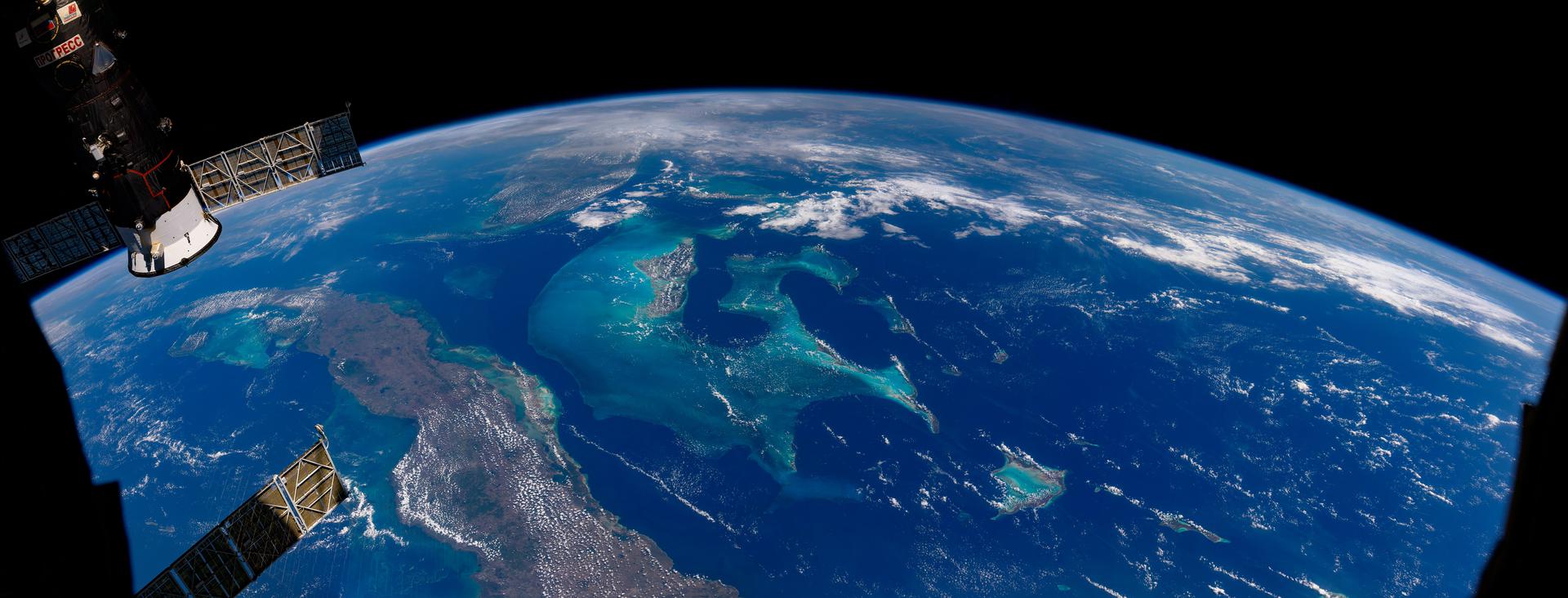
Got an Idea for a Microgravity Project?
Explore the unique opportunities the International Space Station provides researchers, scientists, payload developers, educators, students, and others.
Explore Opportunities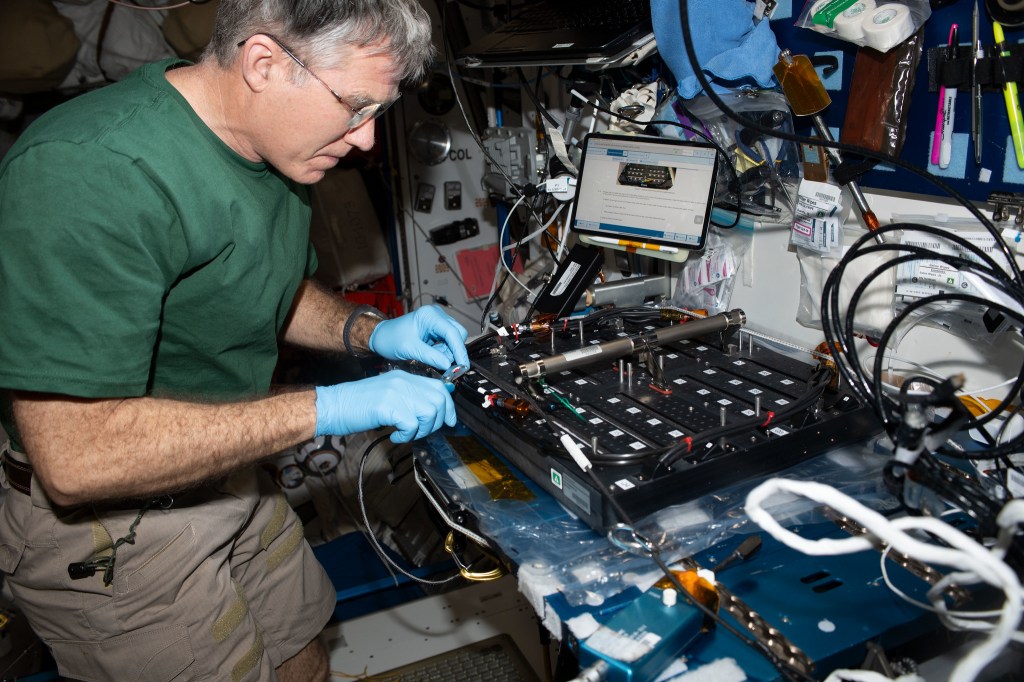
ISS National Laboratory
The ISS National Lab manages all non-NASA research and investigations to expand research opportunities of this unparalleled platform. Through the ISS National Lab, this unique space-based research platform is available to U.S. researchers from small companies, research institutions, Fortune 500 companies, government agencies, and others, all interested in leveraging the space environment to solve complex problems on Earth.
Learn About the ISS National Laboratory
Resources
Educational and reference materials you can use.
Tap into our resource library for free downloadable/printable materials with information about the science and technology research aboard the space station and much more!
Review Resources
Contacts
International Space Station Research Integration Office
The team members who ensure space station science, technology applications, business/economic development, research hardware integration, planning, and communications leadership at the highest level within the International Space Station Program.
Find Contacts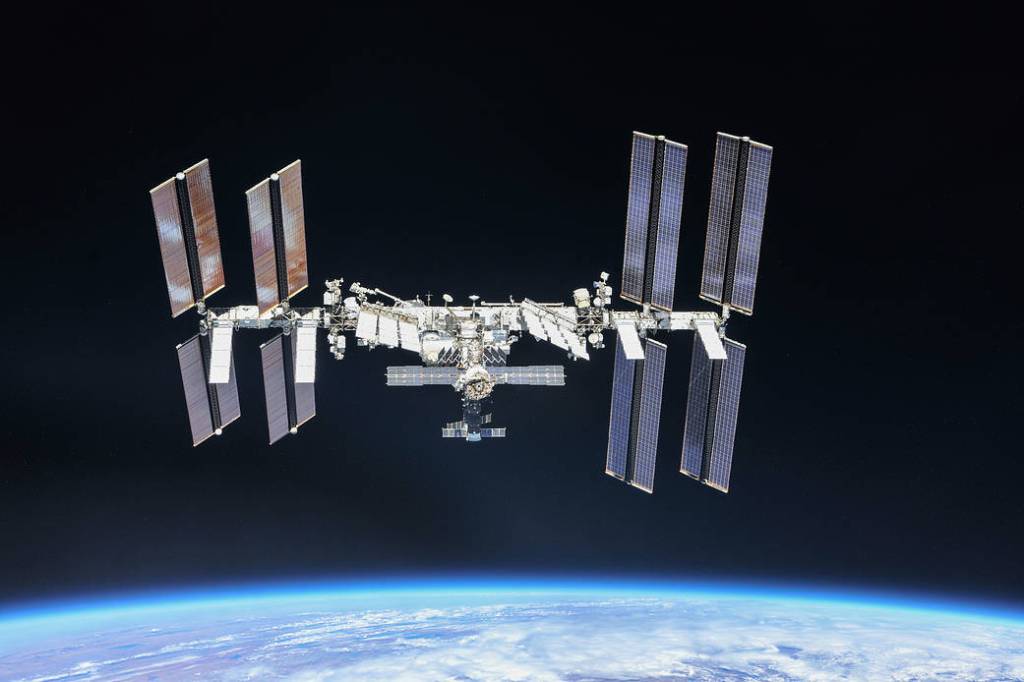
Station Research Results
The International Space Station, in its third decade of continuous human presence, has far-reaching impact as a microgravity lab hosting scientific investigations and technology demonstrations from a range of fields.
Explore Station Results about Station Research Results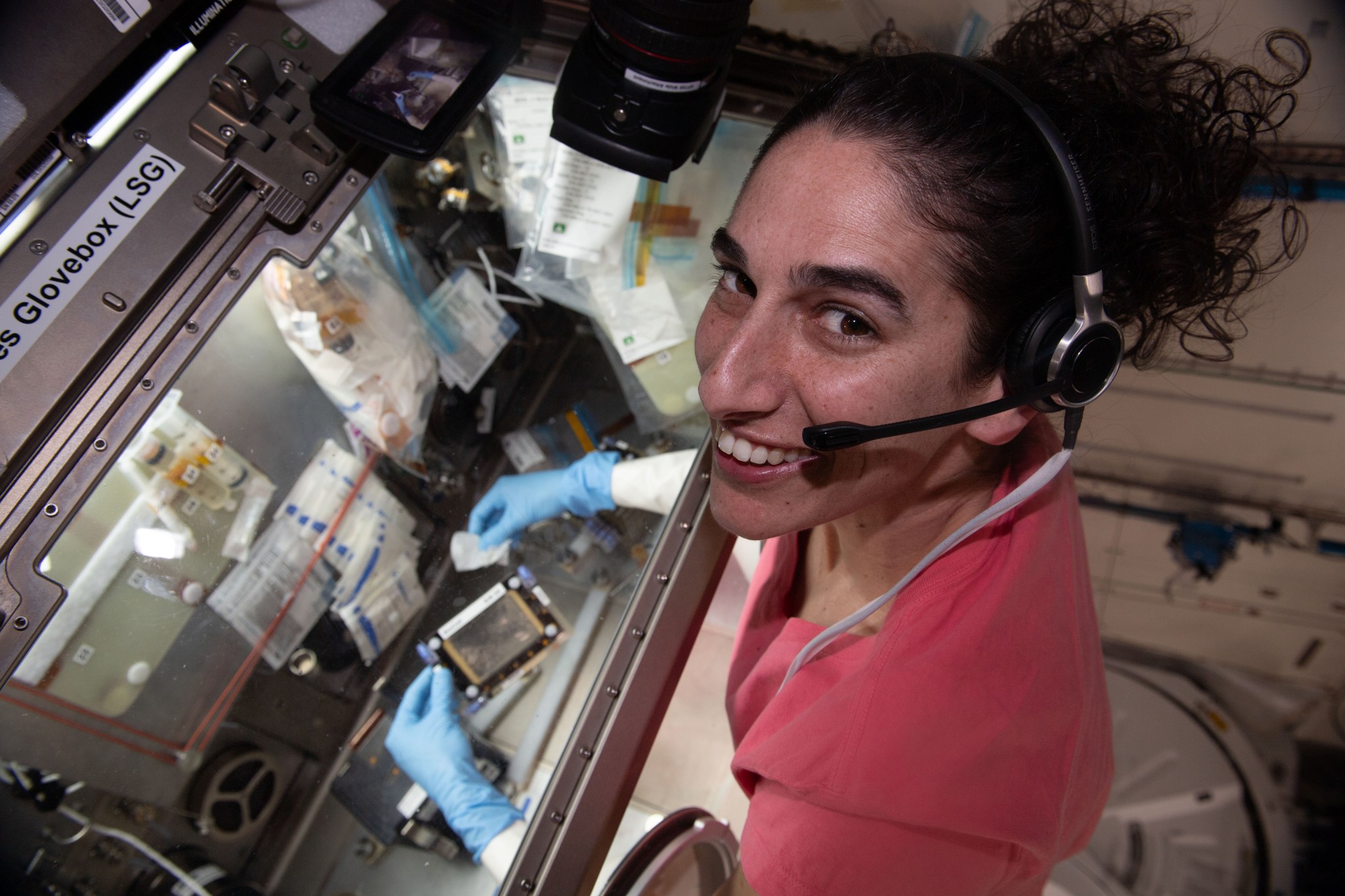
In Space Production Applications
NASA’s In Space Production Applications (InSPA) portfolio is leveraging more than two decades of results from the International Space Station by continuing to demonstrate the benefits of microgravity for the development of new commercial technologies and products that have the potential to improve the quality of life on Earth for people everywhere.
Learn More About InSPA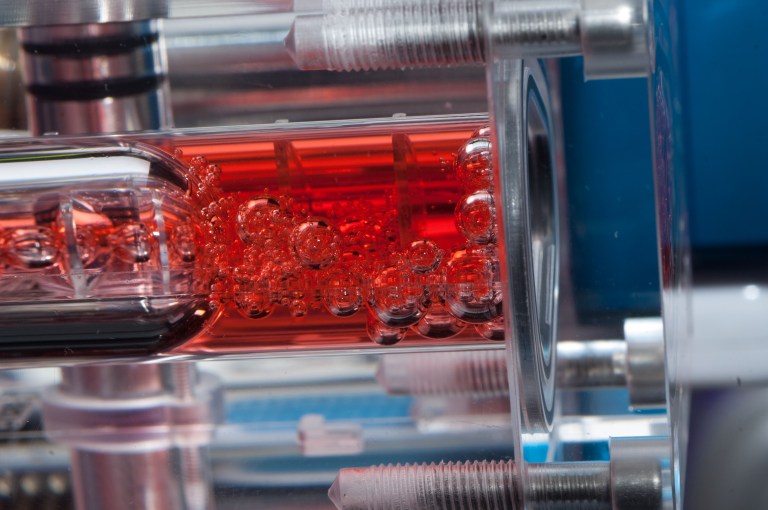
Space Station Research Explorer
Search or browse information at your fingertips about space station experiments, facilities, capabilities, and publications.
Explore Research Database about Space Station Research Explorer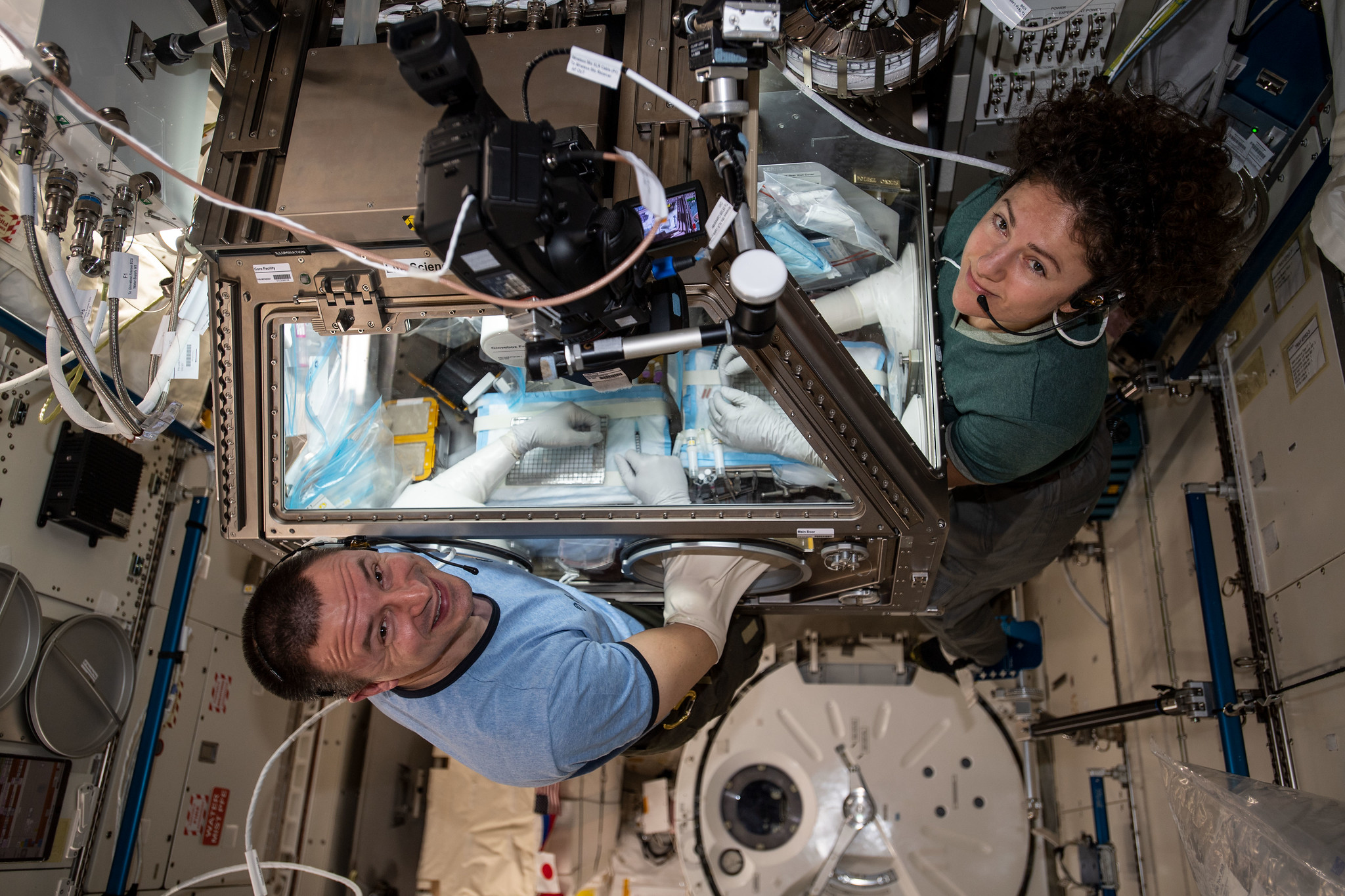
Station Partnership Websites
Learn how the partnership participates and collaborates in science and technology research aboard the International Space Station.
Find More Information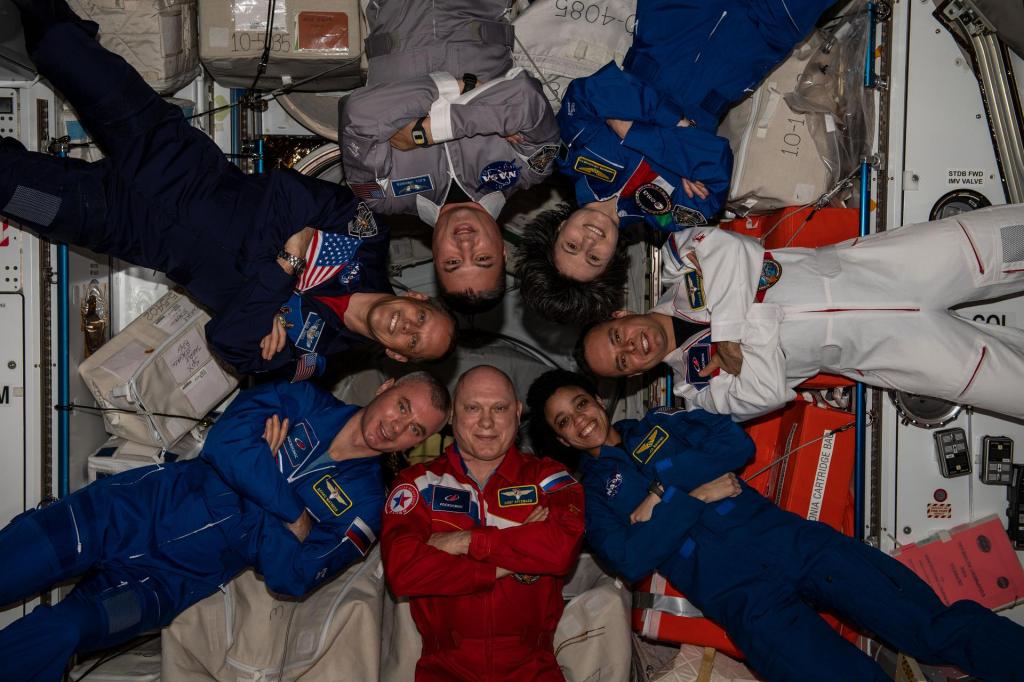
Ciencia en la estación
Aprende sobre las investigaciones y otras actividades a bordo de la estación espacial.
Aprende más sobre la ciencia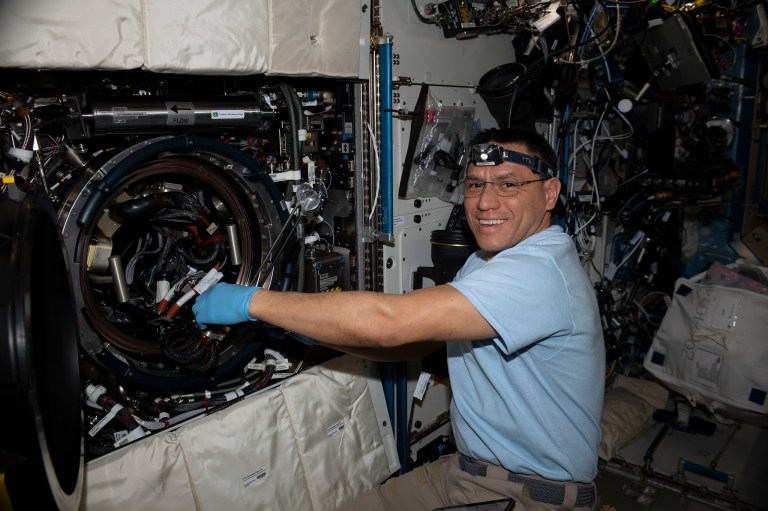
Subscribe
Sign up for the Space Station Research Weekly Newsletter to get the latest information about what is happening onboard your orbiting laboratory.
Learn More about Subscribe